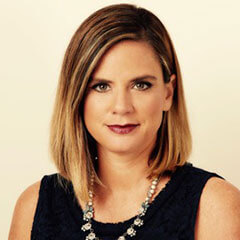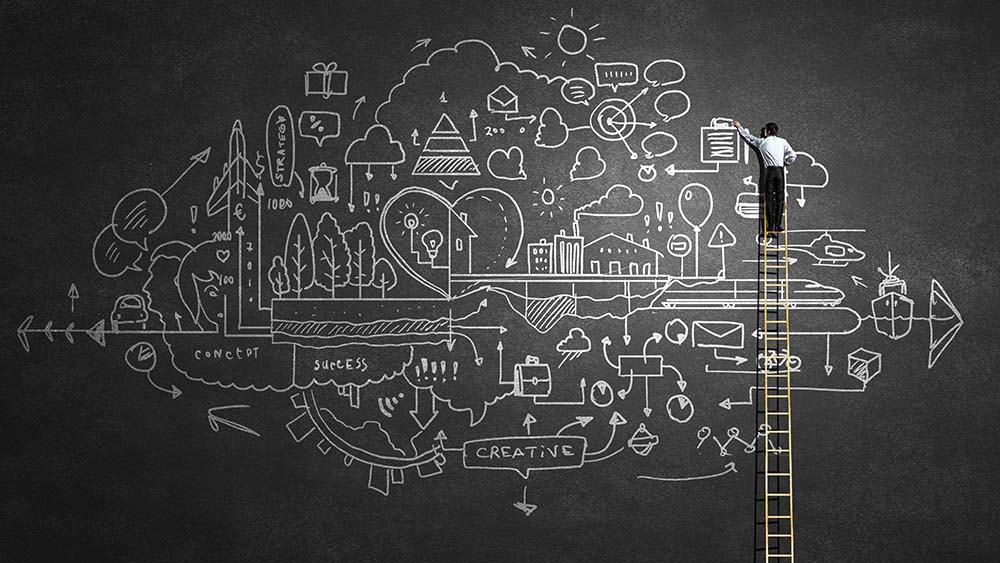
Kimberly Hardcastle-Geddes
Fortunately, trade shows and conferences are largely back after the devastating pandemic that forced countless cancellations over the past couple of years. Unfortunately, “back” has been the underlying theme of the recovery.
While getting attendance and revenue to pre-COVID numbers is understandable, doing so by defaulting to the legacy versions of our face-to-face events — with few if any changes to content, layout, and marketing — isn’t a wise strategy. The following eight considerations should help convince you to resist the temptation to revert to business as usual.
- Attendees’ priorities are shifting. The latest round of Freeman research reveals “an increased prioritization among attendees for discovery, connections, and inspiration,” said Ken Holsinger, senior vice president of strategy at Freeman. He encourages organizers to thread networking opportunities throughout the event experience rather than confining them to networking lounges or receptions.
- To delight attendees, you must know what makes them tick. Organizers of professional events are (finally) retiring the tired mantra of “bringing buyers and sellers together” in exchange for mission statements that make providing memorable experiences and building human connections a priority. “Producers of consumer shows and festivals really know their customers,” said Greg Topalian, CEO of Clarion Events North America. “They don’t boil participants down to a demographic or a one-dimensional category, they look at them holistically and know what’s in their hearts to create experiences that delight them.”
- Sustainability is no longer optional. Several recent studies show that consumers, especially Gen Z shoppers, are willing to change their purchasing habits to reduce environmental impacts, and it appears that the push toward sustainability will only increase. What should organizers be doing now? They should be working with caterers to identify locally sourced foods and beverages, more plant-based options, and ways to reduce waste; requesting recycled, reusable, and sustainable materials from general service contractors; and rethinking swag culture and encouraging exhibitors to do the same. Does anyone really need another water bottle, notepad, or plastic tchotchke? (See On the Web.)
- Wellness matters more than ever. Yinka Freeman, owner of Triple Pocket Events, encourages organizers to define ROI as “return on intention” and start the process of strategic event planning by answering this question: “What do I want attendees to feel when they leave my event?” — and reverse engineer from there. In doing so, consider how to build health and wellness into the overall experience. Chris Adderton, vice president of the Council of Supply Chain Management Professionals, says one of the most popular features of his last event was an area on the show floor where participants could pet — and adopt — puppies. Not only did this experience delight and revitalize attendees, it caught the attention of sponsors, igniting a fierce competition to lock down sponsorship for the following year. And all the puppies were adopted by show end!
- Experiential expectations increase. Attendees want experiences that are seamless, engaging, and intuitive. Organizers must respond with elevated event environments, more wayfinding solutions, and an overall attention to reducing friction — like lengthy registration forms, lines, and other logistical hurdles. Events like San Diego’s Comic-Con are listening to fans and, according to David Glanzer, San Diego Comic Convention’s chief communications and strategy officer, they are “investing in enhancements to event logistics, including line management, to improve upon the user experience.”
- Technology must be executed with greater intention. As early as 2015, a Microsoft Digital Trends report found that nearly half of consumers were more likely to engage with digital experiences that offered seamless integration with their physical world, signaling a shift in how consumers expect the physical and digital worlds to blend. It’s not enough to simply convert physical content into a virtual event or vice versa; organizers must have a deep understanding of their audience to know which content is right for physical or digital, who wants it, and when. Make your app experience highly personalized, so attendees can create their own agenda, curate their own map, download walking tours, and tune in to sessions via headphones. Consider adding technology-driven activations to an event, such as a VR experience, or allow attendees to interact with a digital model. Provide tools to make it easy for them to share content and take key messages back with them.
- Consumers demand brands with purpose. And brands are finally getting it. Leading brands are finding that there can be an intersection of purpose and revenue, laying to rest the misconception that an organization can either be for good or for profit. Event organizers can demonstrate their values by giving voice to their beliefs, especially on social media, and choosing destinations, speakers, charitable initiatives and other event features that align with their values and most importantly, the values of the audiences they serve.
- Attendees are socially linked and highly influenced by their peers. Consumers today are making decisions based on a broad set of digital networks — but they’re not doing so in isolation. We’ve become accustomed to looking for validation from our online peers as many consumers trust user reviews as much as personal recommendations. Understanding how consumers have matured with online behavior, and infusing “social proof” throughout our marketing campaigns — that’s where the opportunity lies for new audience growth.
Experiential Activations, Continued
Video confession booths are a way to engage participants on site at events, capturing their thoughts, messages, or marketing content, which can then be shared on their favorite social channels. That kind of in-the-moment feedback is important to Michelle Metter, owner and festival producer of the San Diego Bay Wine & Food Festival and three-day conference and expo SommCon, also in San Diego, where she’s installed a confession booth. The booth allows guests to give unfiltered feedback on their experience, which often includes positive praise that can be used as testimonials for future marketing campaigns.
Kimberly Hardcastle-Geddes is president and chief marketing strategist at mdg, a Freeman Company, a full-service marketing and public relations firm specializing in B2B events.
On the Web
Read a Convene article looking at event swag through the lens of sustainability.

